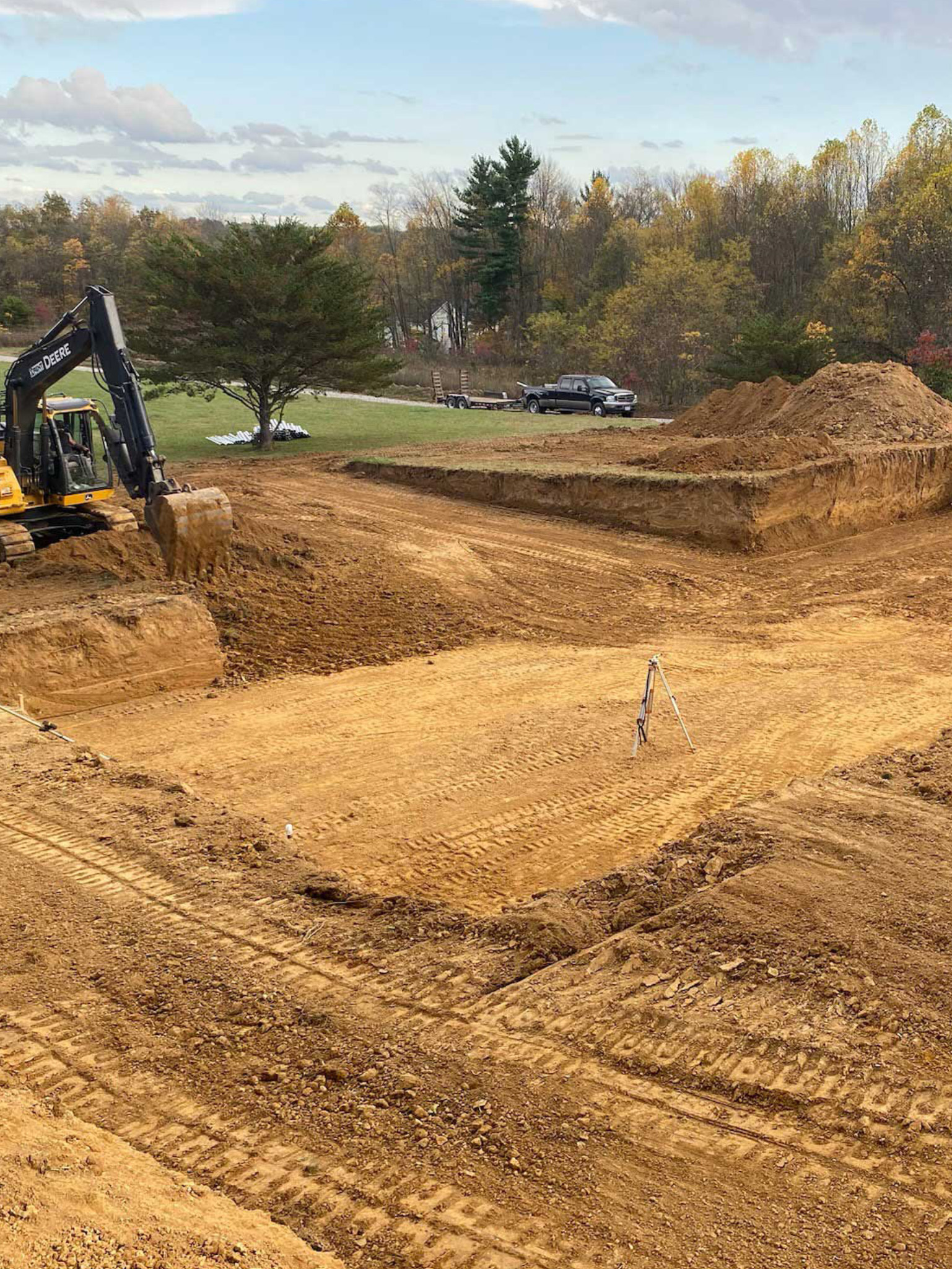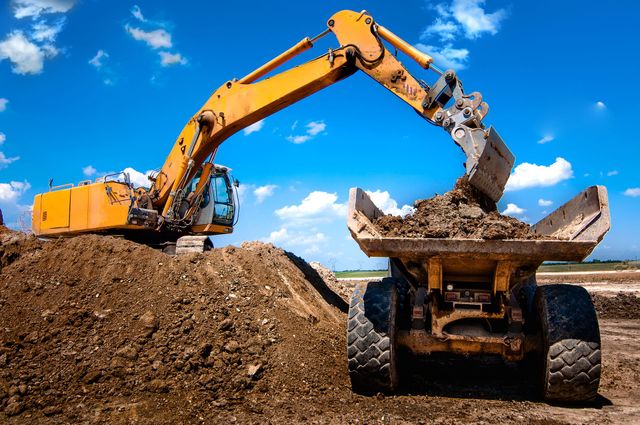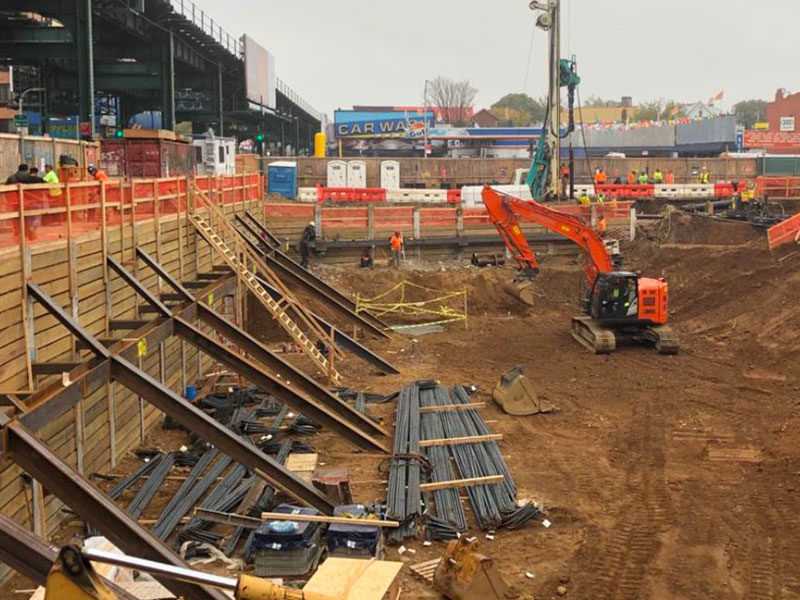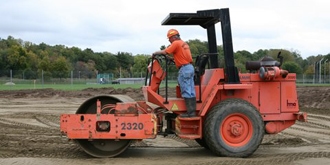Septic Ohio - Comprehensive Septic Tank Providers in Ohio
Septic Ohio - Comprehensive Septic Tank Providers in Ohio
Blog Article
In-Depth Exploration: The Science Behind Superior Excavation Practices
The world of excavation techniques is a domain name where scientific research intertwines with craftsmanship to discover the secrets concealed under the planet's surface area. From ancient hand tools to modern hydraulic excavators, the evolution of excavation methods has been a testimony to human resourcefulness and technical advancements. However, what really sets exceptional excavation methods apart is a deep understanding of geological concepts, paired with the application of sophisticated devices and approaches. By checking out the science behind these practices, we can uncover the secrets that lie beneath our feet and appreciate the precision and competence that go right into every dig.
Advancement of Excavation Methods
Throughout history, the evolution of excavation strategies has actually played a critical duty ahead of time building practices and historical discoveries. From the primary devices used by our forefathers to the advanced machinery utilized in modern times, the development of excavation techniques has significantly changed how we approach numerous jobs.
In ancient times, hand-operated labor with fundamental devices such as wheelbarrows, pickaxes, and shovels was the main method of excavation. This labor-intensive procedure limited the depth and range of excavations, commonly resulting in slow progress and limited accessibility to particular sites. As worlds progressed, so did the tools and strategies made use of for excavation.
The Industrial Transformation noted a transforming factor in excavation practices with the introduction of steam-powered machinery. This technology revolutionized the field, permitting faster and extra extensive excavations. In contemporary times, innovation plays a crucial duty in excavation, with developments like GPS systems, drones, and 3D scanning improving accuracy and performance in the area. The evolution of excavation techniques remains to shape the way we develop, check out, and comprehend the globe around us.
Role of Technology in Excavation

The integration of cutting-edge technology has actually basically changed the area of excavation, improving precision and performance to extraordinary levels. One of the vital technical developments that has dramatically affected excavation practices is the application of general practitioner systems. These systems permit precise mapping of excavation websites, allowing drivers to precisely situate underground energies and frameworks. Furthermore, using telematics in excavation tools has made it possible for real-time tracking of machine efficiency, resulting in aggressive maintenance and raised operational performance.
Furthermore, the development of 3D modeling and simulation software has structured the preparation process for excavation jobs. Designers and drivers can now picture the entire excavation procedure before beginning, enhancing and determining prospective obstacles workflow. Along with this, the application of drones in excavation tasks has assisted in airborne surveys, volumetric measurements, and website inspections with unparalleled speed and precision.
Geological Concepts in Excavation
An understanding of geological principles is crucial for guaranteeing the structural stability and security of excavation websites. Geological variables play an important function in figuring out the usefulness check that and safety and security of excavation projects (lancaster excavation). One essential geological principle to think about is the sort of dirt or rock present at the site. Different soil types, such as sand, clay, or gravel, have differing levels of stability and require various excavation strategies. As an example, natural soils like clay may call for extra support to avoid collapses, while sandy soils may be vulnerable to disintegration during excavation.
Additionally, the geological structure of the location, consisting of faults, cracks, and rock formations, should be carefully examined to identify possible dangers and challenges. Digging deep into near geological fault or unpredictable rock formations can bring about instability and possible risks. By performing complete geological surveys and evaluation, engineers and excavators can establish approaches to alleviate risks and make sure the successful conclusion of excavation jobs. Inevitably, integrating geological concepts into excavation methods is crucial for accomplishing secure, effective, and lasting outcomes.

Latest Tools for Excavation
In the realm of excavation methods, modern technologies in devices have actually transformed the effectiveness and precision of excavation processes. One of the most recent devices making waves in the market is using drones geared up with sophisticated imaging innovation. These drones can give comprehensive aerial surveys of excavation sites, using real-time information on topography and prospective dangers. This info aids in better planning and decision-making during the excavation process.
Another cutting-edge device getting popularity is the implementation of 3D printing modern technology for producing custom excavation tools. This enables for the manufacturing of specialized tools that are customized to the certain requirements of a task, enhancing effectiveness and minimizing downtime.
Furthermore, advancements in materials scientific research have resulted in the growth of stronger and more resilient excavation devices. lancaster trenching. Tungsten carbide-tipped excavator accessories, for instance, offer remarkable efficiency in challenging ground problems, enhancing efficiency on-site
Scientific research's Influence on Excavation Practices

Furthermore, advancements in products science have actually caused the development of more powerful, extra durable excavation tools and tools. For instance, the use of composite products in shovels and diggers has actually enhanced their efficiency and durability, ultimately raising efficiency on excavation sites. In addition, scientific study on soil technicians and geotechnical engineering has actually provided useful insights right into dirt behavior, permitting excavation experts to make informed choices relating to excavation techniques and dirt stablizing techniques. On the whole, science proceeds to drive development and renovation in excavation methods, making excavation tasks much more effective, economical, and sustainable.

Conclusion
To conclude, the advancement of excavation methods has been significantly influenced by advancements in modern technology and a much deeper understanding of geological principles. The current devices and devices used in excavation have actually boosted effectiveness and precision in the area. The application of visit their website scientific knowledge has actually substantially enhanced excavation techniques, causing much more sustainable and effective approaches for excavating various kinds of materials.
In the realm of excavation methods, contemporary developments in tools have revolutionized the efficiency and precision of excavation procedures. By leveraging clinical concepts, the excavation market has been able to dramatically boost performance, precision, and security in excavation procedures. GPR allows excavation teams to non-invasively check and map subsurface frameworks, utilities, and potential hazards, enabling them to intend excavation tasks with greater accuracy and minimized danger of mishaps.
Furthermore, scientific research on soil technicians and geotechnical design has given beneficial understandings into soil behavior, permitting excavation experts to make informed choices relating to excavation techniques and soil stablizing techniques. On the whole, science proceeds to drive development and renovation in excavation methods, making excavation tasks a lot more efficient, economical, and sustainable.
Report this page